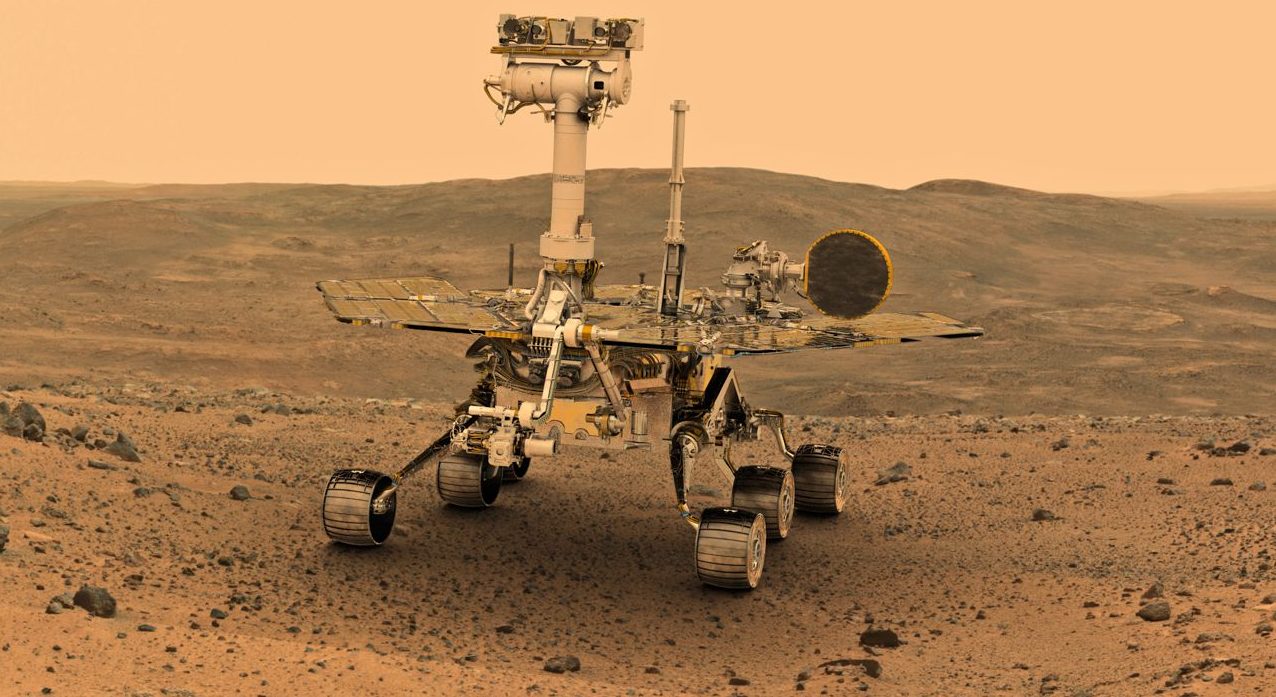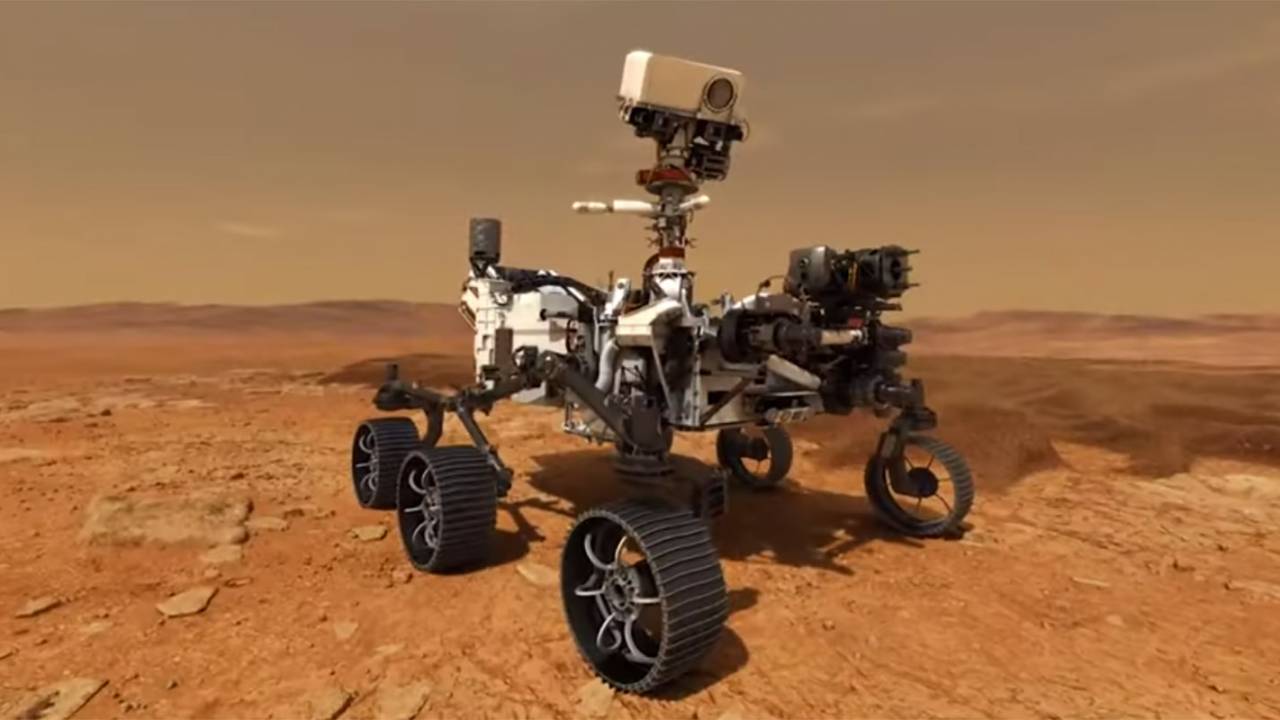

"That's the prize.Scientists hope to answer one of the central questions of theology, philosophy and space exploration. Others think about answering one of the biggest questions surrounding our existence: Are we alone? Or did life get its start elsewhere in the universe? Is it even possible that Earth's life came from Mars? "I personally think that would be the greatest scientific discovery of all time," Kaufman said. When I think of going to Mars, I think of building greenhouses packed with rehydratable nutrients," Musk writes. "I am talking about people settling on Mars and making life multiplanetary. ("Just not on impact," the 43-year-old billionaire adds.) It's fitting that the foreword for Kaufman's book is written by SpaceX's founder, Elon Musk, who has repeatedly said he wants to die on Mars. Then what? NASA says it wants to send astronauts to Mars and its moons by the 2030s, and private ventures such as Mars One and Inspiration Mars say they want to do it sooner. Both books were published just in time for the second anniversary of the Curiosity rover's landing on Mars. "Curiosity: An Inside Look at the Mars Rover Mission and the People Who Made It Happen" is by Rod Pyle. "Mars Up Close: Inside the Curiosity Mission" is written by Marc Kaufman. The 2020 rover will also conduct experiments looking ahead to even farther-out efforts - such as storing Martian rock samples for eventual delivery to Earth and converting the carbon dioxide in Mars' atmosphere into oxygen. "We're going from a 'looking for habitable environments' mission to something that does take us a step closer to looking for biology," Pyle said. "We're trying to understand how our own planet worked when it was young." "In a way, when we go study Mars, we're trying to understand ourselves," Lakdawalla said. "When we go study Mars, we're trying to understand ourselves." That kind of wide-ranging geological record just isn't available on Earth, because Mother Nature erased it long ago. to the cold, dry environment we see today.

through a volcanically active transition period. Once Curiosity gets to Mount Sharp, geologists hope to use the rover's instruments to trace the changes recorded in the rocks, ranging from an age when it was warmer, wetter and more Earthlike, more than 3 billion years ago. "Drilling always tells you that they think it's worthwhile to invest the time it takes to drill," she told NBC News. The Planetary Society's Emily Lakdawalla, who is working on her own book about Curiosity's mission, said she'll be on the watch for those times when Curiosity interrupts its trek to study sites of scientific interest along the way to Mount Sharp, especially if the robot fires up the drill that's mounted on its robotic arm. In the weeks and months ahead, more mighty things are likely to be on tap, including evidence of organic carbon-based chemicals on Mars and unprecedented observations of Comet Siding Spring's close approach to Mars (in concert with orbiters such as NASA's Maven spacecraft). That's the overarching theme of Kaufman's "Mars Up Close" as well as Pyle's "Curiosity" - and it's the message of the mission's motto as well: "Dare Mighty Things." "It was, 'We're sweating buckets, and we may be doomed,'" Kaufman recalled.įortunately, Curiosity's handlers averted doom and went on to achieve marvels. The behind-the-scenes sentiment was much scarier. Kaufman, who was visiting NASA's Jet Propulsion Laboratory when that glitch cropped up in late February 2013, said the mission team downplayed the seriousness of the anomaly at the time.

The memory glitch that forced the mission team to switch from its A-side computer to the B-side backup, and suspended science operations for weeks.The high-stakes gamble that sent Curiosity in the direction opposite from Mount Sharp - and that paid off handsomely when gray powder from within a red Martian rock was found to hold the chemical signature of life-friendly conditions in ancient times.

The "brain transplant" that was required to switch the rover over into surface operations.5, 2012, ending with a line-dropping landing in Gale Crater that even the mission team acknowledged to be a crazy idea. Those memorable "seven minutes of terror" on Aug.


 0 kommentar(er)
0 kommentar(er)
